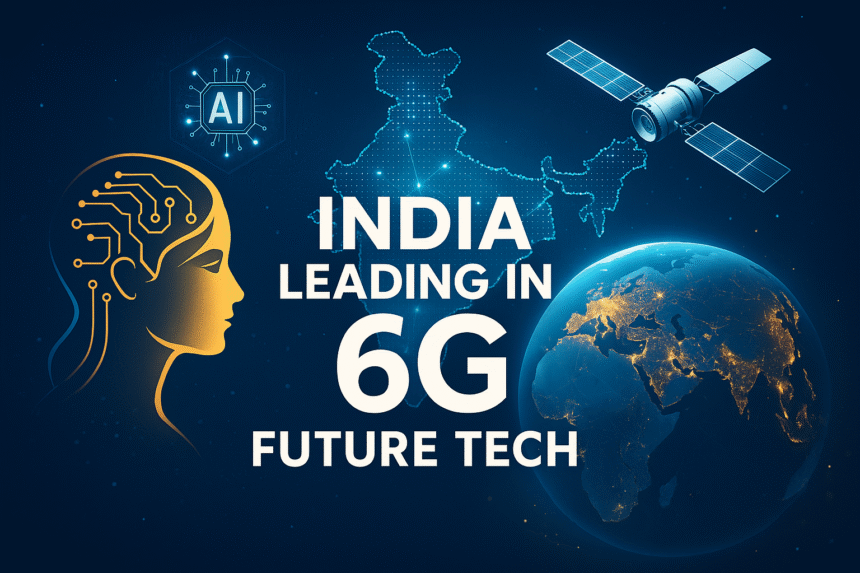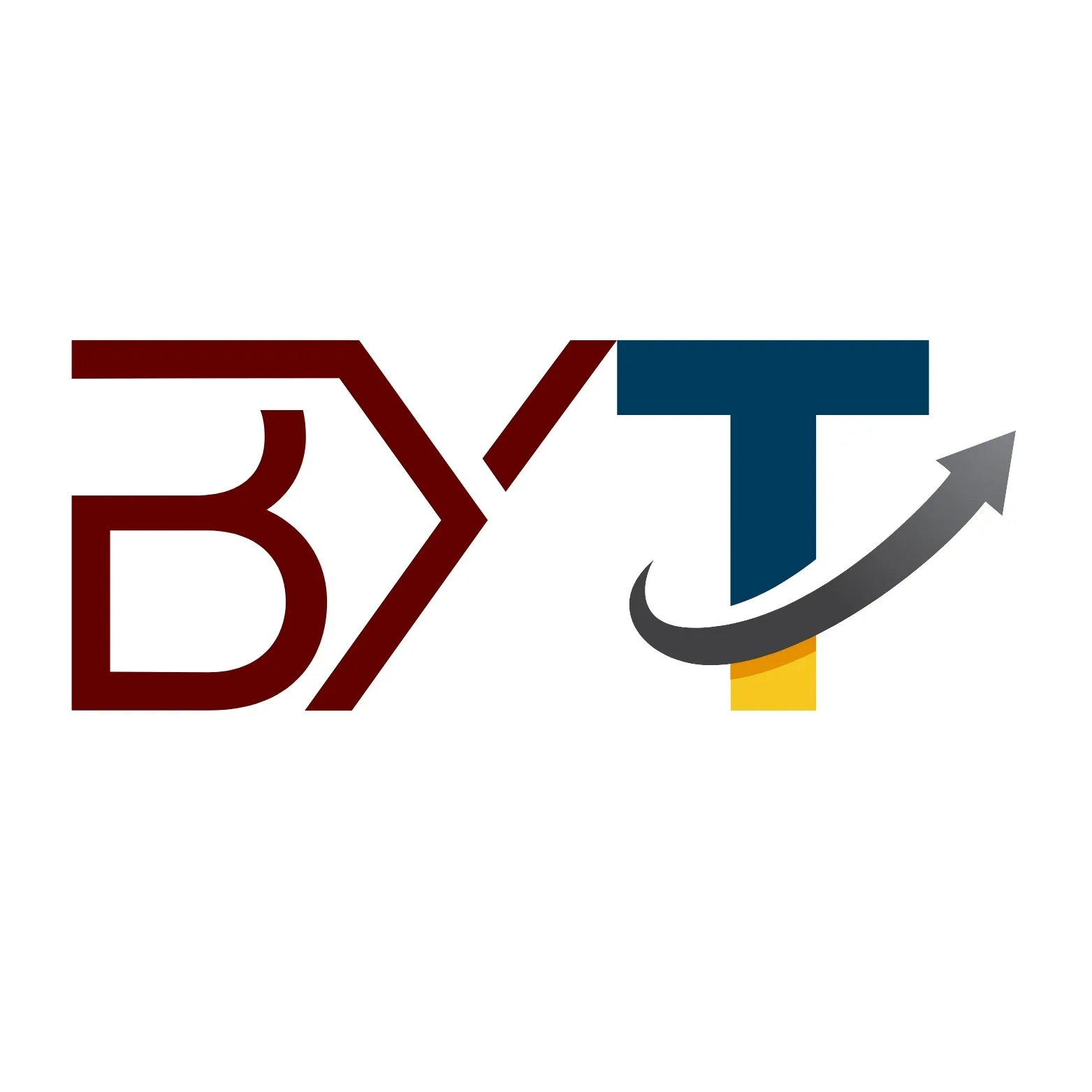India is making rapid strides in the global 6G race, with the government, private sector, and research institutions aligning to shape the future of next-gen wireless technology. While 5G is still rolling out across parts of the country, India is already laying the groundwork for 6G — the ultra-high-speed, low-latency communication network expected to revolutionize industries.
Bharat 6G Vision Turns into Action
The launch of the “Bharat 6G Vision” by Prime Minister Narendra Modi last year set the tone for a bold national strategy. The vision outlines India’s commitment to being not just a consumer but a global contributor in 6G standards, innovation, and manufacturing.
Under the Department of Telecommunications (DoT), a special task force has been coordinating with academic institutions like IIT Madras and IISc Bangalore, as well as telecom giants like Reliance Jio, Airtel, and startups, to develop indigenous 6G protocols, chips, and use cases.
What is 6G, and Why Does It Matter?
6G is expected to offer speeds up to 100 times faster than 5G, enabling real-time holographic communication, immersive metaverse experiences, and autonomous transportation at scale.
Industries such as remote surgery, precision agriculture, smart cities, and defense will greatly benefit from this leap. Experts believe 6G will not only connect people — but also machines, data, and intelligence seamlessly.
India’s Strategic Advantages
India’s demographic dividend, robust digital ecosystem, and large-scale startup culture offer a unique edge. With global geopolitics increasingly influencing tech development, India is positioning itself as a neutral, innovation-driven hub for 6G research and deployment.
Several pilot projects are already underway:
- 6G Terahertz trials in select IIT labs.
- Development of indigenous 6G testbeds and chipsets.
- International partnerships for standard-setting with organizations in Europe and the U.S.
AI & Quantum: The Tech Pillars of 6G
Experts say 6G will rely heavily on artificial intelligence, quantum computing, and advanced spectrum sharing. India’s investment in AI-led infrastructure and its upcoming Quantum Mission could act as key catalysts.
“6G won’t just be faster internet — it will be context-aware, intelligent, and energy-efficient. India’s approach is both inclusive and innovative,” says Dr. Meenal Patel, Head of Communications Research at IIT Delhi.
Global Timeline: Where India Stands
While countries like South Korea, Japan, and the U.S. are aggressively working on early 6G prototypes, India aims to launch commercial 6G services by 2030, in sync with international timelines.
Key Highlights:
- India launched Bharat 6G Vision to lead global standards.
- Indigenous development of 6G testbeds, chips, and use cases.
- Partnerships with academia and startups accelerating R&D.
- 6G to support real-time AI, IoT, quantum networks, and metaverse platforms.
- Commercial rollout targeted by end of the decade.
📢 Stay updated with Sejal News Network for in-depth coverage of India’s journey from digital dependence to digital dominance.
“Exciting News! Sejal News Network is now on WhatsApp Channels
Subscribe today by clicking the link and stay updated with the latest news!” Click Here
Our App : Click Here




